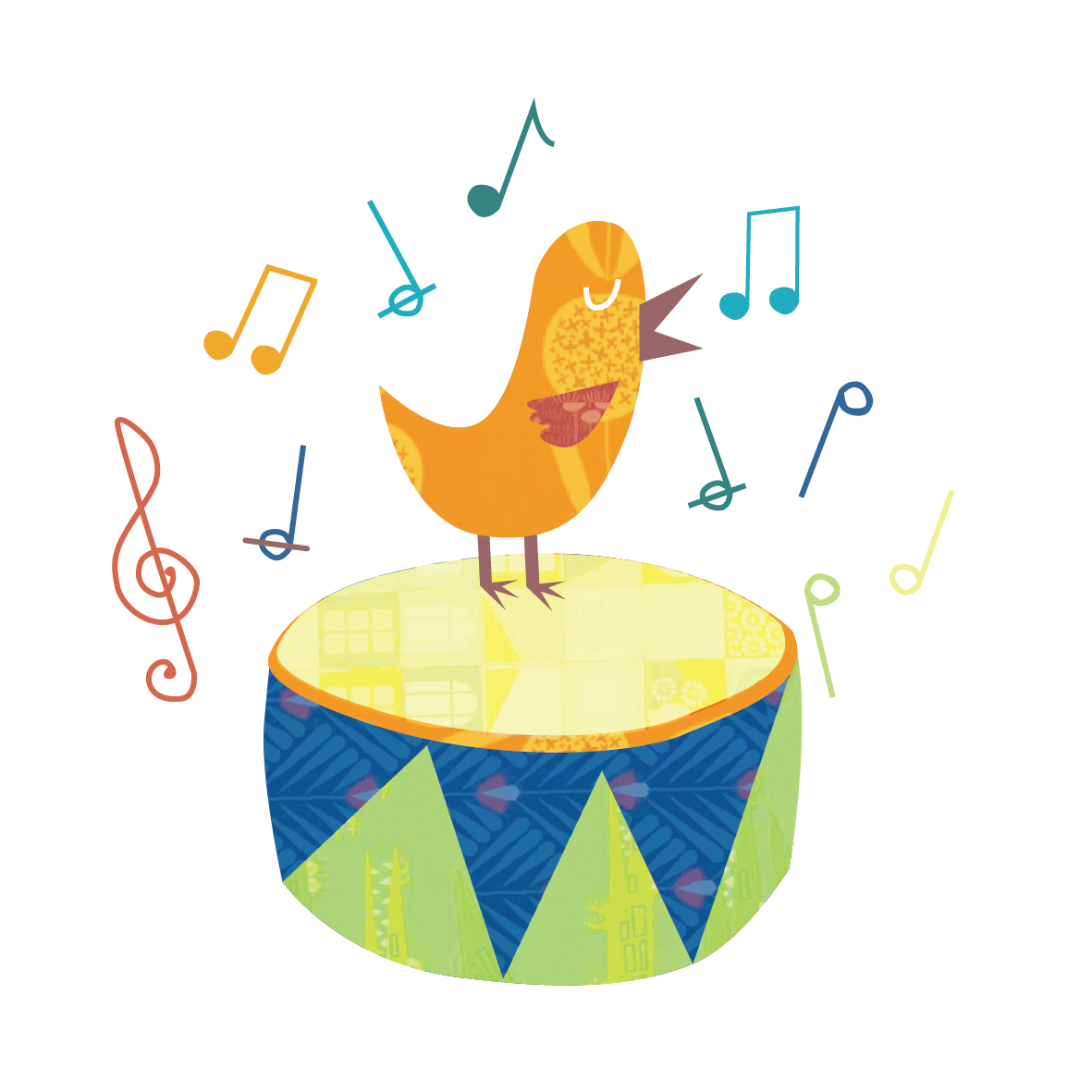What Is Play-Based Learning?
For decades, musicians have written nostalgic lyrics about the beauty of childhood. Twenty-One Pilots wish they could turn back time “to the sweet old days” and Ed Sheeran reminisces about the “sweet perfume of the mountain grass” of his youth.
There’s a central theme to all these songs: play. As adults, we often watch with envy as our kids play. They just have a knack for it! Truth is, all that fun is also educational.
Play is a natural, organic way for children to make sense of their world. It has a big part in their growth and development. The idea of play-based learning takes this innate behaviour and makes it a central part of a child’s early education.
What is play-based learning?
Play-based learning is a type of educational approach for early childhood that’s based on natural play. That means it’s child-led and open-ended. There’s no forcing it and no defined end goal.
The elements of play-based learning
A whole bunch of things go into play-based learning but some of the key elements are that the play is:
Child-led
Fun
Spontaneous
Imaginative
All about the process
Child-led
This means your youngster chooses to play all on their own. It’s voluntary. They choose HOW they’ll play and for how long. The adult might invite play but that’s about it.
Fun
The whole point of play-based learning is that it’s learning without being deliberate. There’s no restlessness or dissatisfaction. Just good, wholesome enjoyment (sure, there might be a tussle over toys but nothing that gets in the way of the fun experience).
Spontaneous
There’s no structure to the playtime. There are no rules on how to play (except for those your child might make up!).
Your little one has all the time in the world to explore, discover, experiment… All on their own time and with their own interests. And because they’re leading the charge, they’re more engaged and engrossed in it.
Imaginative
Play-based learning is about calling on the imagination and immersing in a world of make-believe. It’s inventive, demanding creativity and innovation.
All about the process
There’s no learning outcome to tick off at the end of play-based learning. We don’t have an end goal. The important thing is the process—how your child is taking in the world around them.
Why is learning through play important?
At Sounds Like This, we love to get behind play-based learning because so many studies have proven it’s good for kids.
Play has a special part in almost every area of a child’s development. It gives them important information about the material world around them. As they explore, they’re exposed to different tactile experiences like wet paint, soft and squeezable teddy bears, or hard and pointy wooden blocks.
And because kids just WANT to play, it’s one of the easiest ways to get them to learn. When children are doing what they love, when it doesn’t feel like a chore, they’re more receptive to the experience and they learn better.
A lot of child development psychologists have also emphasised the importance of play. One of the most famous of them all, Piaget (1969), said play was a way for children to bring together their knowledge, understanding, and experiences of the world.
Through play, children have opportunities to build their linguistic and social skills. Role-playing helps them build empathy and understand others.
Play helps them learn to focus their attention, take initiative, and solve problems. And it massively promotes creativity and flexible thinking.
How to encourage learning through play
Play-based learning sounds like the easiest thing in the world: You just leave them to it, right? WRONG! It can be helpful to engage with your child during their playtime so they can further process what they’re learning.
Why not try:
Sitting down, picking up their toys, and joining them in the fun. It can be a lot more enriching for the child (and it’s actually kind of fun for adults too!).
Practice imitation. Model a play activity—throw a ball, bang on some blocks, this is a chance to let your inner child out!—and wait for your child to imitate you.
Rotate through toys or expose your child to new environments and people so they get a diversity of experiences.
Create challenges. Make an object just out of reach or give them a problem-solving puzzle to promote early critical thinking. If they get stuck, you can model the solution.
Place different tools and instruments throughout the house and encourage your child to explore the sounds these materials make when they’re used in different ways.
Ready to bring play-based musical learning into the home?
Look, there’s no two ways about it, encouraging play-based musical learning at home is going to be NOISY! But what might sound like pandemonium to you could actually be a true musical journey for your child as they discover different textures, feelings, and sounds and a sense of freedom and pride over their own musical creations.
Find some new musical activities to play with your child with our Children’s Online Music Sessions membership, which features 100s of videos to help your child discover the world of music-making. Grab a FREE online music-making session today!

